Ask John: What Were John’s Favorite 2013 Shows?
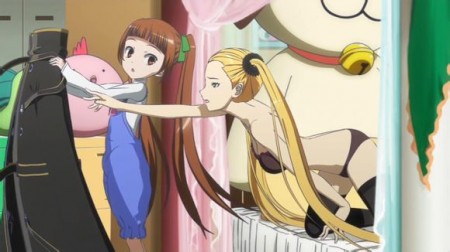
Question:
Since you made a list of your favorite 2012 anime, I’m actually quite curious to know what your personal favorite anime of 2013 was.
Answer:
I traditionally publish my list of nominations for the best TV anime series of each year, but I’m much less frequently provided an opportunity to identify my personal favorite titles of any given year. While one might assume that “best” and “favorite” ought to be the same, numerous traits that aren’t necessarily those conventionally used as arbiters of quality can still make certain anime highly enjoyable. I identified Aku no Hana, Gatchaman Crowds, Kill la Kill, Uchoten Kazoku, Yozakura Quartet ~Hana no Uta~, Kotoura-san, and Hataraku Maou-sama as the most praiseworthy anime series of last year, and while I did like all of these shows, I can admit that Aku no Hana is never going to be a “personal favorite” of mine.
I liked the little-watched and even less-remembered 2006 bishoujo battleship anime Tactical Roar, so I wasn’t surprised to find myself equally enthralled by Aoki Hagane no Arpeggio. Granted, the series’ CG animation was, at times, a bit stiff and stilted, but strong characterizations and a brisk pace helped weather the storm of weak production values and aggravating narrative manipulation particularly within the series’ first three episodes. Pulling out secret techniques and technology that’s been hidden even from the viewer is tantamount to childishly arbitrary making-up-new-rules. Thankfully, the show gets away from that bothersome crutch quite quickly.
Maka Albarn’s fight against Jack the Ripper in the first episode of Soul Eater was breathtaking. I hoped that the entire Soul Eater TV series would be an equally wildly fanciful horror adventure. Sadly, it wasn’t. Last year’s Blood Lad has its own share of weaknesses but does largely deliver the sort of exuberant, slapstick, eccentric horror action comedy that I expected but didn’t get from Soul Eater. Blood Lad is witty without being embarrassingly gross like Yondemasu yo Azazel-san is. At only ten TV episodes, Blood Lad is too abruptly short. Thankfully, a home video exclusive bonus episode at least completes the primary TV series storyline.
Namiuchigiwa no Muromi-san is last year’s other frenetic sight-gag comedy that highly surprised me with its incorporation of gag references to vintage anime including Tondemo Senshi Muteking & Gamba no Bouken. The show did a wonderful job of making constant, fast-paced comedy out of satirizing mythological creatures, Japanese fairy tales, and familiar anime tropes.
I think that everyone who watched Outbreak Company will agree that the show instantly became one of 2013’s pleasant surprises. Despite superficially appearing to resemble any number of other fantasy harem anime, Outbreak Company took its own approach to its narrative and dared to be different by acknowledging the conventions of harem and fantasy anime but using them as a backdrop for satire and serious evaluation of cultural conflict and the conflicting impulses of nationalism and imperialism. Rarely do anime critics get to call a harem anime “intelligent,” but Outbreak Company actually was.
I’m selective with my appreciation of shoujo anime. For every Love Com, AnoHana, or KimiTodo that I enjoy, there are shows like ParaKiss, Itazura na Kiss, Tonari no Kaibutsu-kun, Kaichou wa Maid-sama, and Skip Beat that I haven’t especially liked. Last year’s Love Lab was one of the shoujo series that I really took to. The absence of a conventional love-story angle helped make the show feel shoujo-oriented yet light and humorous throughout. From one perspective, the show could perceived as what Futari wa Precure would have been with all of its magic and monsters removed, leaving just a fun slice-of-life show about engaging young girl characters.
For similar reasons, I surprised myself by quite enjoying Kyoto Animation’s understated domestic comedy Tamako Market. After the gargantuan success of Lucky Star and K-On, Tamako Market felt like a refreshing small-scale, intimate show that defied expectations by subverting all of the conventional characteristics of a teen romantic drama. The show both looks and feels like a teen love story but isn’t. The show exudes all of the charming slice-of-life character of previous KyoAni series without the heavy-handed otaku satire or pretentiousness.
I happen to especially like rural and suburban bishoujo slice-of-life anime like Azumanga Daioh, Yokohama Kaidashi Kiko, Maimai Shinko to Sennen no Mahou, and Acchi Kocchi, so I eagerly anticipated Non Non Biyori and was pleased to find myself never disappointed. Moreover, I was especially surprised to see how faithfully the show paid homage to its rural pacing and the bygone style of golden era anime. Unlike practically every other contemporary anime, Non Non Biyori, just as countless 80’s anime did, takes time to focus on setting and atmosphere, spending languishing shots on simple scenery instead of characters. And when the show did focus on its characters, the interactions and characterizations are warm, charming, and affecting.
Add a Comment
You must be logged in to post a comment.
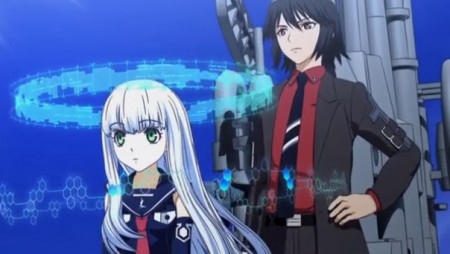
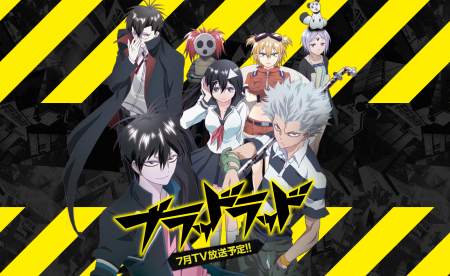

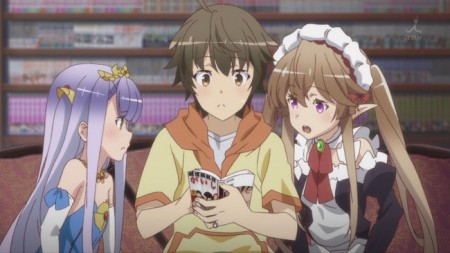
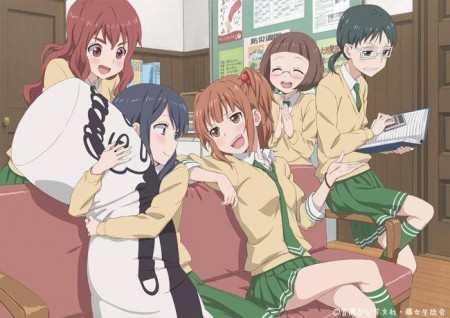
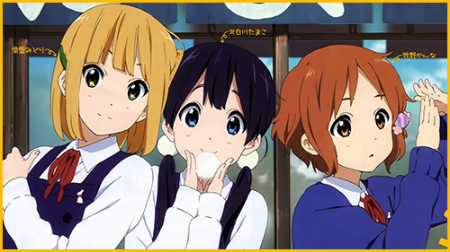
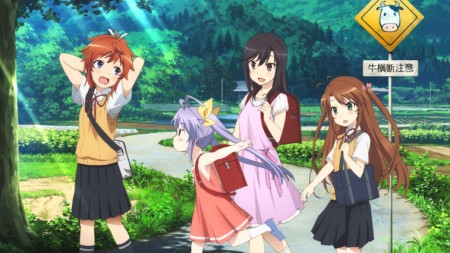


For some reason, I was hoping you had a soft spot for Gifu Dodo Kanetsugu and Keiji.
Non Non Biyori was a great series.
Here’s hoping for a sequel.